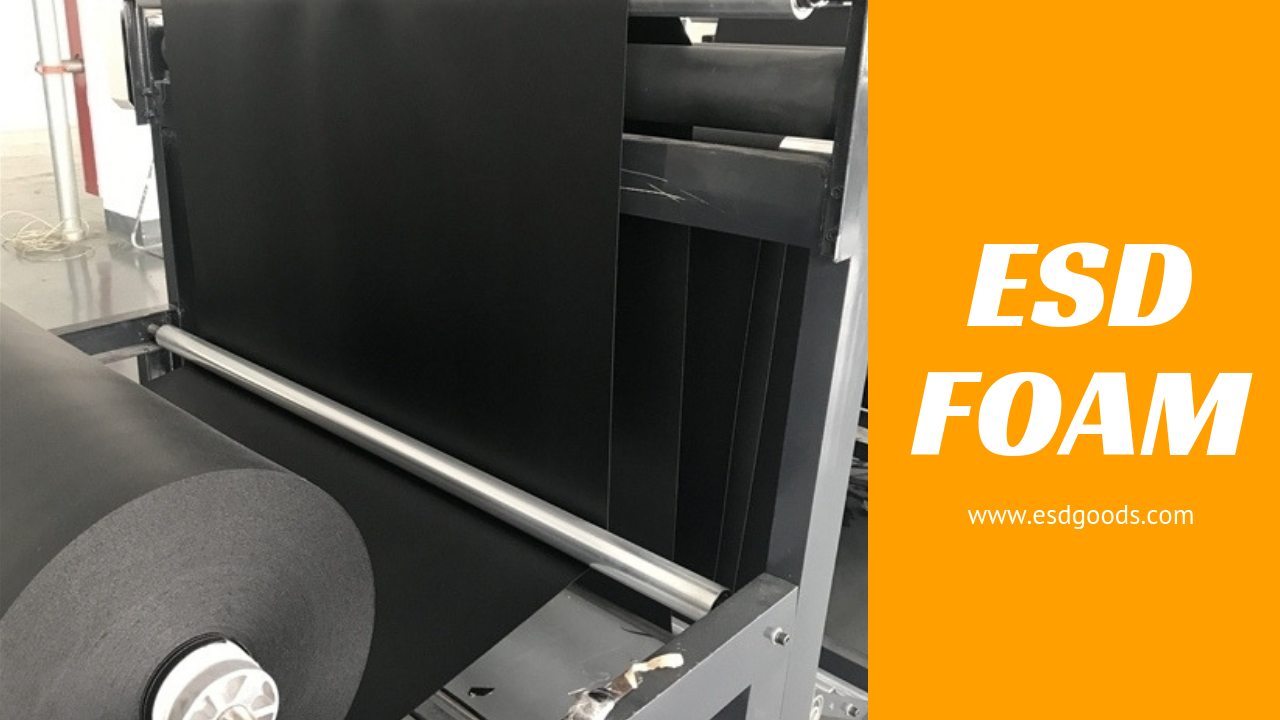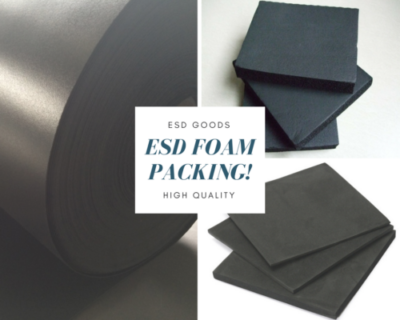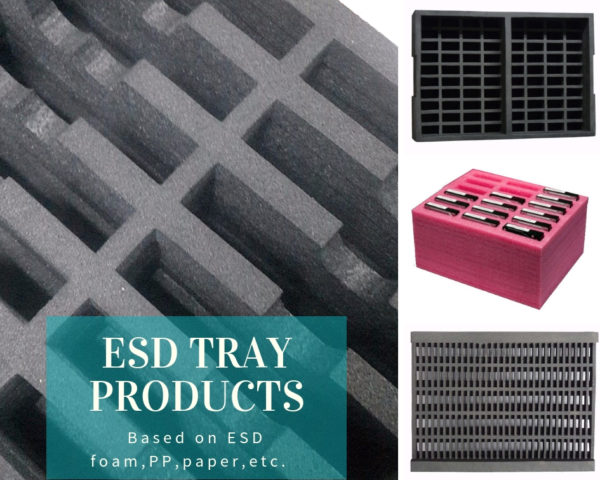Conductive Foam VS Anti Static Foam | Black Foam Padding-ESDGoods
Conductive Foam VS Anti Static Foam
Both conductive foams and anti-static foams are suitable for providing protection for electronic components against damage caused by electrostatic discharge. The main difference between the two is their surface resistance.
Differences of Conductive Foam and Anti Static Foam
Conductive foam has a surface resistance of between 10^3 and 10^5, which indicates that they are effective in dissipating static charges. This type of foam is particularly useful in applications where high conductivity is required to ensure safe handling and storage of sensitive electronic equipment.
Antistatic foam has a slightly higher surface resistance, ranging from 10^6 to 10^9. While it still provides protection against static electricity, it is less conductive than conductive foams. Antistatic foam is typically used in environments where a moderate level of static control is sufficient to prevent damage to electronic components.
Ultimately, the choice between conductive foam and anti-static foam depends on the specific requirements of your application. If you need a higher level of conductivity, conductive foam would be the ideal choice. However, if moderate static control is sufficient for your needs, anti-static foam would be a suitable option.

Conductive Foam VS Anti Static Foam
When talking about the difference between Conductive Foam VS Anti Static Foam, do you know about the details? There are some aspects to explain about it.
Why do we distinguish between conductive and anti-static foam?
When packaging sensitive components such as electronic parts or devices, it is crucial to consider the potential impact of the electrical properties of the packaging material on the items being packed.
Static electricity is generated when materials come into contact, slide, rub or separate. This phenomenon can lead to the build-up of electrostatic charges, particularly in materials such as plastics, fibreglass, rubber and textiles.
Conductive foam allows a faster transfer of static charges than anti-static foam. At high transfer rates, static charges can build up to 30,000 or 40,000 volts, potentially causing arcs or sparks on contact. Such high voltages and static charges can pose a risk to electronic components, potentially causing damage.
It is therefore important to carefully select packaging materials with appropriate electrical properties to mitigate the risks associated with static electricity and ensure the safe packaging of sensitive components.
In order to protect some sensitive electronic components and save costs, we need to select the right antistatic foams, but not the conductive foams for packaging.
Distinguish Between Conductive Foam and Anti-static foam
By testing the surface resistance and volume resistance of the foam, we can distinguish between conductive foams with a surface resistance of 10^3-10^5 ohms and antistatic foams with a surface resistance of 10^6-10^9 ohms.
For about the conductive foam and Anti static foam technical Data, please refer to my before articles.
For more ESD foam information, please contact with me.



